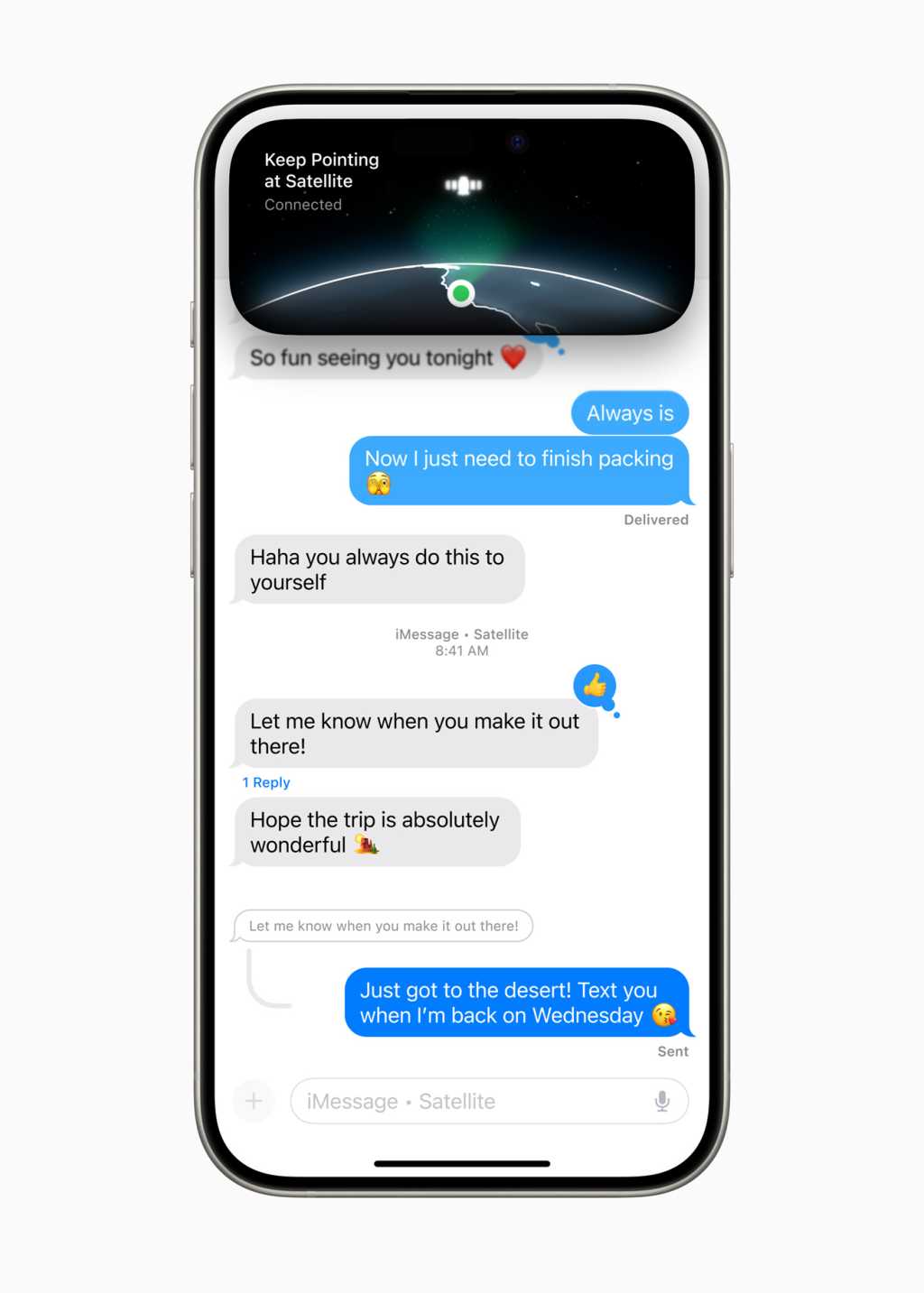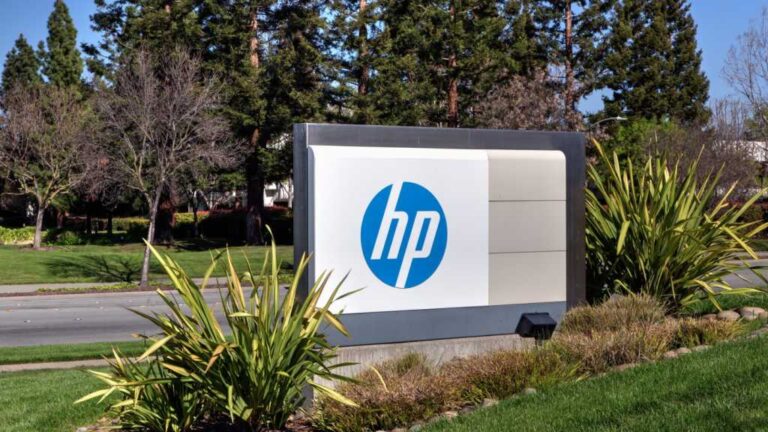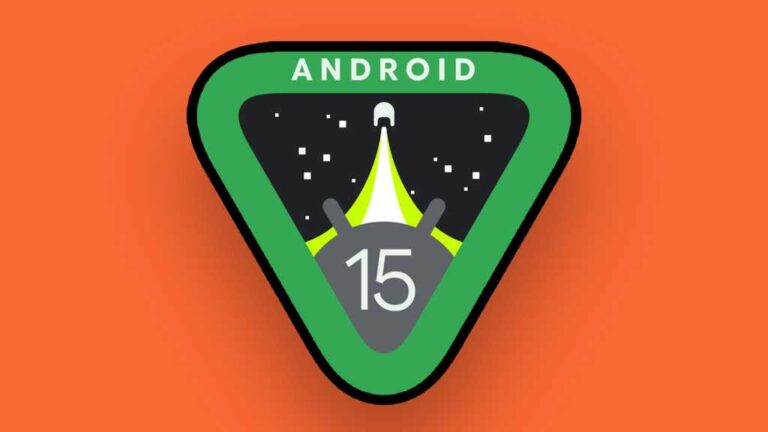The lesson of Helene: you and your business need satellite comms
Whatever Apple’s long-term plans for satellite connectivity, one facet that cannot be ignored is that its Messages via Satellite system is already saving lives — including among iPhone users affected last week by the horror of Hurricane Helene.
The aftermath of Helene
While there seems no end to all the bad news playing out worldwide at this time, a sizable chunk of the United States was particularly impacted by Helene. When that storm hit, it wiped out power grids and cell service, wrecked infrastructure and took scores of lives across several US states. The hurricane wiped out communications for inland, leaving victims stranded with no way of getting help (particularly in light of a massive Verizon outage at the same time).
That is, unless people had iPhones. Reports have appeared on social media explaining how compatible iPhones running iOS 18 enabled those impacted by the storm to send and receive messages via satellite to seek help or let family know they were safe. Apple is well aware of the damage wrought by this disaster; company CEO Tim Cook has promised the company will donate to support relief efforts on the ground.
What is Messages via Satellite?
Available in the US with iOS 18 on iPhone 14s or later models, Messages via Satellite allows users to send and receive texts and other communications using iMessage and SMS when a cellular or Wi-Fi connection is not available.
“Messages via Satellite automatically prompts users to connect to their nearest satellite right from the Messages app to send and receive texts, emoji, and Tap backs over iMessage and SMS,” Apple explained. “Because iMessage was built to protect user privacy, iMessages sent via satellite are end-to-end encrypted.”
Messages via Satellite is essentially an extension to the SOS via satellite service Apple introduced in 2022. It’s available at present only in the US and Canada.
How it works
To receive messages, you or your contact must be running iOS 18, iPadOS 18, macOS Sequoia, watchOS 11, visionOS 2, or later.
To use Messages via Satellite, follow these steps:
- First, you must be outside with a clear view of the sky and horizon.
- Open Messages, and if you have no cellular or Wi-Fi coverage, a prompt appears.
- Tap Use Messages via Satellite.
- Follow the instructions to connect to a satellite.
- You will then need to select Messages from the selection of services that appear.
- Enter your message and tap send.
- The message is likely to take longer than usual to send.
- Contacts receiving your message will see a status message to show you’re using satellite.
You can also use SMS via satellite — just open Settings>Apps>Message and turn on Send as Text Message and then connect to satellite to send. To reply to SMS messages via satellite, requires iOS 17.6 or later.
When will the service be international?
Apple’s partner in satellite connectivity, Globalstar, continues to launch new satellites to support the expanding service. Regulatory filings from that company suggest it hopes to launch an additional 26 satellites by next year, with at least one report claiming it will have 3,000 in place eventually. At least one space expert thinks Apple will eventually choose to widen the network to become a full satellite-based communication service.
It is likely Apple will follow a cadence similar to the manner in which it made Emergency SOS via satellite available once that service was initially launched in the US and Canada. It opened up in France, Germany, Ireland, the UK, Australia, Austria, Belgium, Italy, Luxembourg, New Zealand, Portugal, Switzerland, Spain, and the Netherlands across the following year and in Japan a year later.
A lesson for everyone
All of this is important in terms of saving lives and providing reassurance for families and friends of those in the disaster-hit areas, but the fact that these devices have helped maintain community resilience amid disaster might also be a salutatory lesson in business resilience. After all, other than avoiding platforms characterized by frequent ransomware attacks and spiralling ancillary security support costs, it just might be that smartphones equipped with satellite connectivity could become a vital business asset as we navigate an increasingly uncertain world.
After all, why should SpaceX dominate such an economically and socially essential asset as satellite communications? It makes sense for every business to ensure there are multiple providers of such a strategic essential — particularly to maintain business and community resilience.
Please follow me on LinkedIn, Mastodon, or join me in the AppleHolic’s bar & grill group on MeWe.






